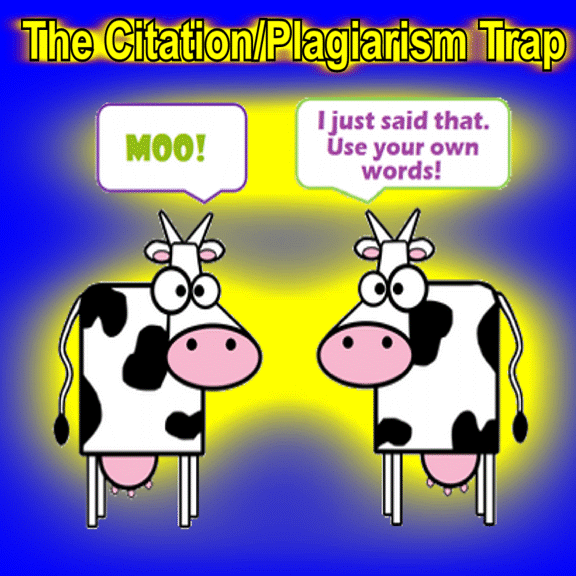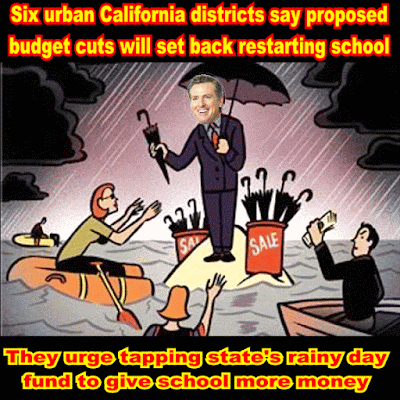Schools call parents “co-teachers,” but we have no idea what we’re doing
Schools call parents “co-teachers,” but we have no idea what we’re doing
Learning only happens with a high-quality teacher, but parents have been dropped into the role with no training and little support
The assignment was simple: Write a story about a realistic character. Draw pictures showing the action, and then write down what’s happening. An hour in, my 6-year-old daughter was in tears. She loved drawing the pictures and imagining the plot. She refused to write it down. I was on the verge of tears myself.
By that afternoon, I was on the phone with the teacher, who told me that just a page of writing a day was fine. I braced myself the next morning, but within an hour, my daughter and I were at opposite sides of the living room. She was sprawled on the floor, furious and exhausted. I was taking deep breaths to calm down. We hadn’t even gotten to the tape diagrams and “quick tens” she had to master for her Common Core math lesson yet.
I’m an editor. It’s my job to help writers craft stories with engaging narratives and detailed descriptions of characters. Some of these stories even win awards. I had begun the week pretty excited about tutoring my own child in narrative writing. Instead, my attempt to persuade her to write three sentences was a disaster.
Not long after, I was allowed to listen in on a professional development seminar with a group of public school principals. They were listing some of the silver linings that have come with the shift to remote learning in the wake of coronavirus. I laughed out loud when one shared, “Parents are co-teaching at home!”
But it’s not a joke.






























